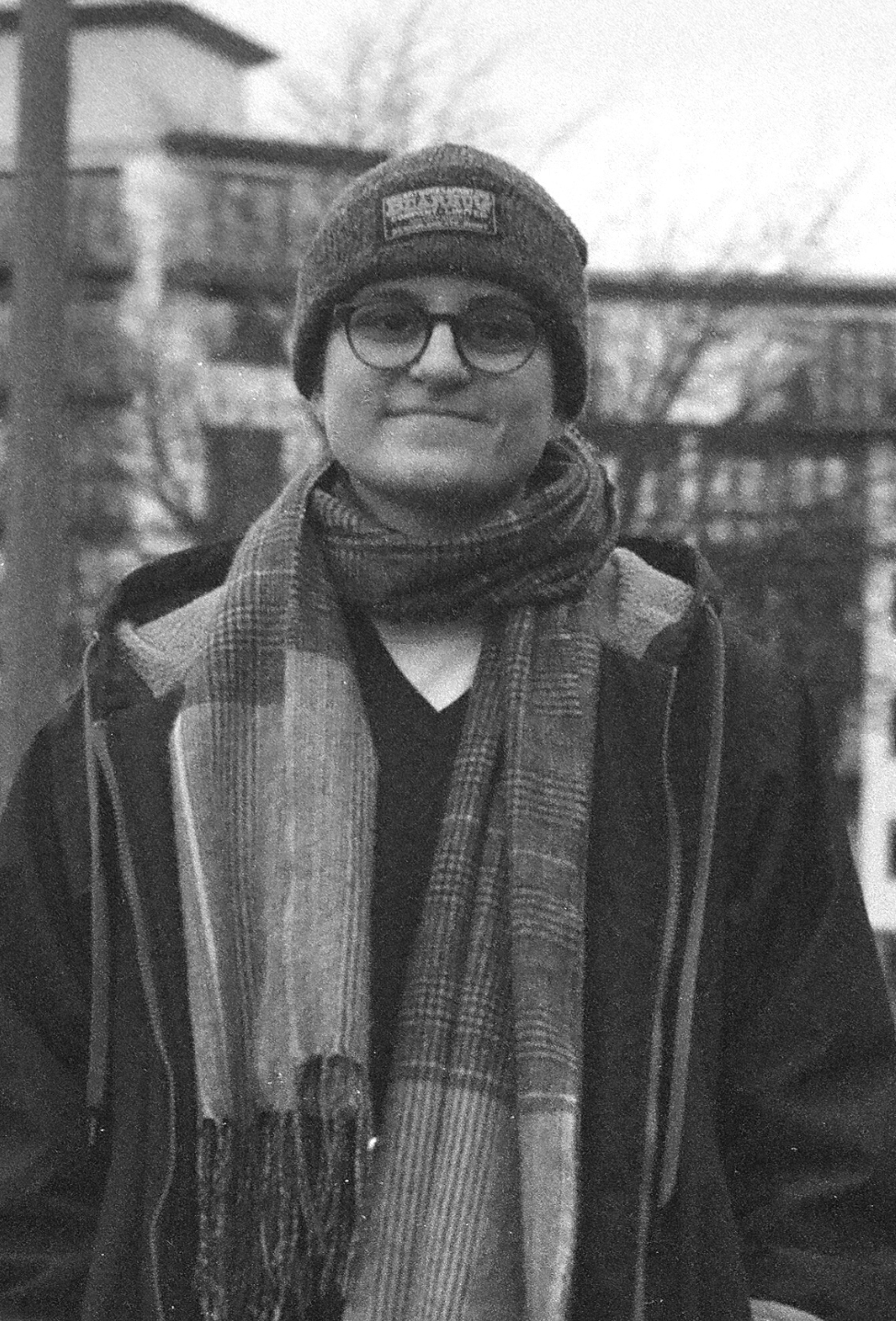The sunny 16 rule is a helpful piece of information to know as a photographer using vintage cameras. It can be a little tricky to get your head around when you first start using it, so we are here to help you get to grips with the sunny 16 rule.
Here is our full guide on how to use sunny 16 for your photography.

What is the sunny 16 rule?
Sunny 16 is a basic principle relating to the exposure of your images. The sunny 16 rule is used for daylight photography and offers a way to get your exposure correct when you do not have a light meter.
When do I use the sunny 16 rule?
The sunny 16 rule comes in really handy when you do not have a light meter on your camera. Some cameras, especially early cameras, do not have light meters built-in and some cameras have lost their light meters over the years due to the photo cells degrading.
A lot of people will remedy not having a light meter in their camera by purchasing an external light meter, but this is an expensive solution to a problem that can be solved with the sunny 16 rule.
Your Guide to The Sunny 16 Rule
Okay, here is what you have been looking for: the settings you need to use the sunny 16 rule. Below are the basic principles of the sunny 16 rule.

The first step of the sunny 16 rule is to make note of the film speed (ISO) you have. This is important as it will determine your shutter speed for your images.
Your film speed can be found on the canister of your roll of film. For example, Kodak Gold 200 is a ISO 200 film.
Your film speed becomes your shutter speed when using the sunny 16 rule.

If your camera does not have a shutter speed that exactly matches the film speed, for example you have ISO 200 and a shutter speed of either 125 or 250, it is best to round upwards. In this case, 100 becomes 125, 200 becomes 250, etc.
What do I do with my aperture?
The "16" part of the sunny 16 rule relates to the aperture you are using for your images. On a sunny, clear skied day, your aperture should be set to f/16.

So far, we have covered using the sunny 16 rule if you are photographing in bright, clear conditions, which is to use the film speed as your shutter speed and f/16 as your aperture.
But what if the conditions are not bright and sunny?
This part of the sunny 16 rule is where your "stops" become important. If you are in conditions that are darker than a clear, sunny day, then you will need to change your aperture (or shutter speed) to compensate for the lack of light.
You can change either your shutter speed or your aperture as long as you keep it aligned with the right amount of stops.

Above is a diagram showing the changes in aperture for the sunny 16 rule. From snowy and sandy conditions to sunset, you change your aperture one stop each time you move away from f/16.
For example, if your shutter speed is set to 1/250 and your aperture is set to f/16, these would be the appropriate settings for a bright, sunny day. If the day was overcast, you would change your aperture to f/8 with the shutter speed remaining the same. This is the equivalent of stopping up by 2 stops.
Can I change my shutter speed instead of my aperture?
Yes, you can. This is where a further understanding of stops will be helpful.
As you have seen above, changing your aperture depending on the conditions is letting more light onto your exposure as you change from a bright sunny day (f/16) to a overcast day (f/8). This is the equivalent of stopping up by two stops.
You can apply the same principle to your shutter speed. With your aperture remaining at f/16, you are free to change your shutter speed in alignment with the stops.
Below is a diagram explaining the amount of stops to change in different light settings.

For example, if the day was overcast, but you wanted to keep your aperture at f/16, you can change your shutter speed from the film speed to two stops higher. If your film speed was 200 and you were using a shutter speed of 1/250, then you would change your shutter speed by two stops to make the speed slower.
Remember, a slower shutter speed lets more light in and a faster shutter speed lets less light in. So when your day becomes overcast, you need more light to reach your negative.
Two stops slower than 1/250 will be 1/60.
Once you get more confident with this principle and sunny 16 in general, you can move your aperture and shutter speed in tandem with each other. For example, using f/16 and 1/250 as a basepoint, you could change the settings to 1/125 and f/22, or 1/500 and f/8. This would be useful if you were photographing action and desired a faster shutter.
Want this guide in your pocket?
We've created a little sunny 16 guide for you to print out and take with you on your adventures. Download our sunny 16 guide below.
If you like what we do, but can't buy a camera from us, please consider buying us a cup of coffee! It helps us to keep these resources free, consistent, and accessible.




